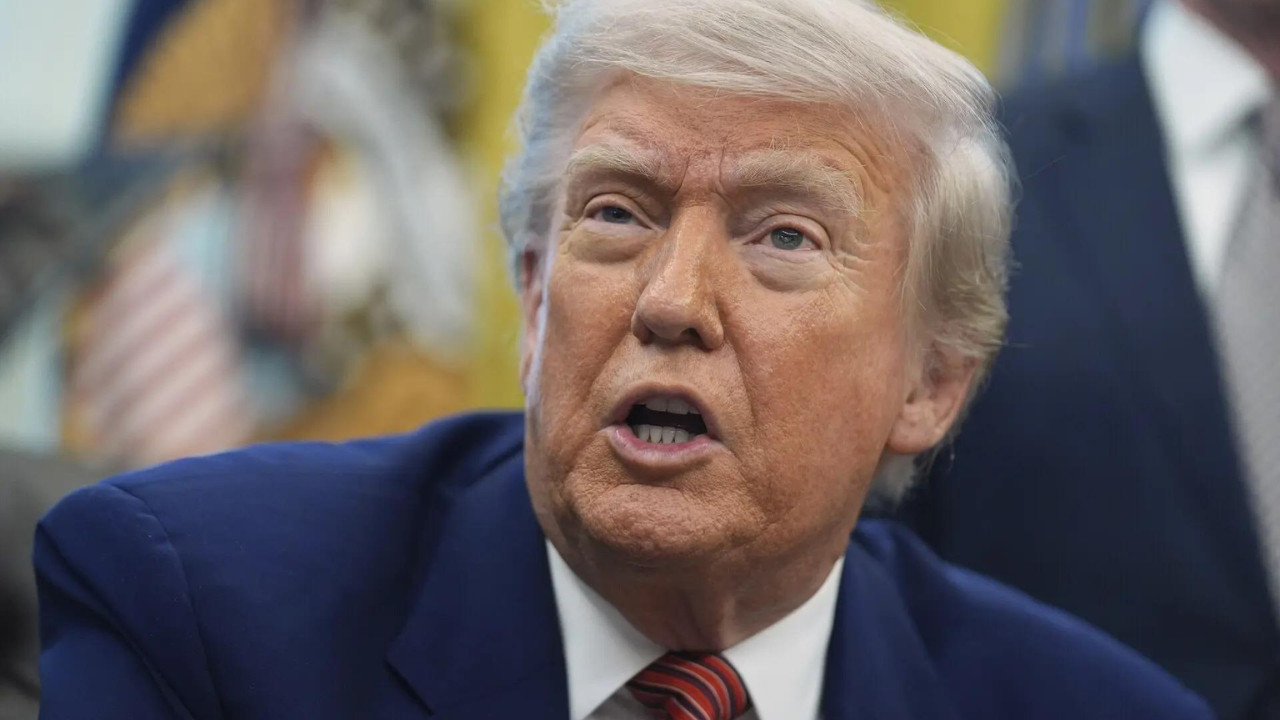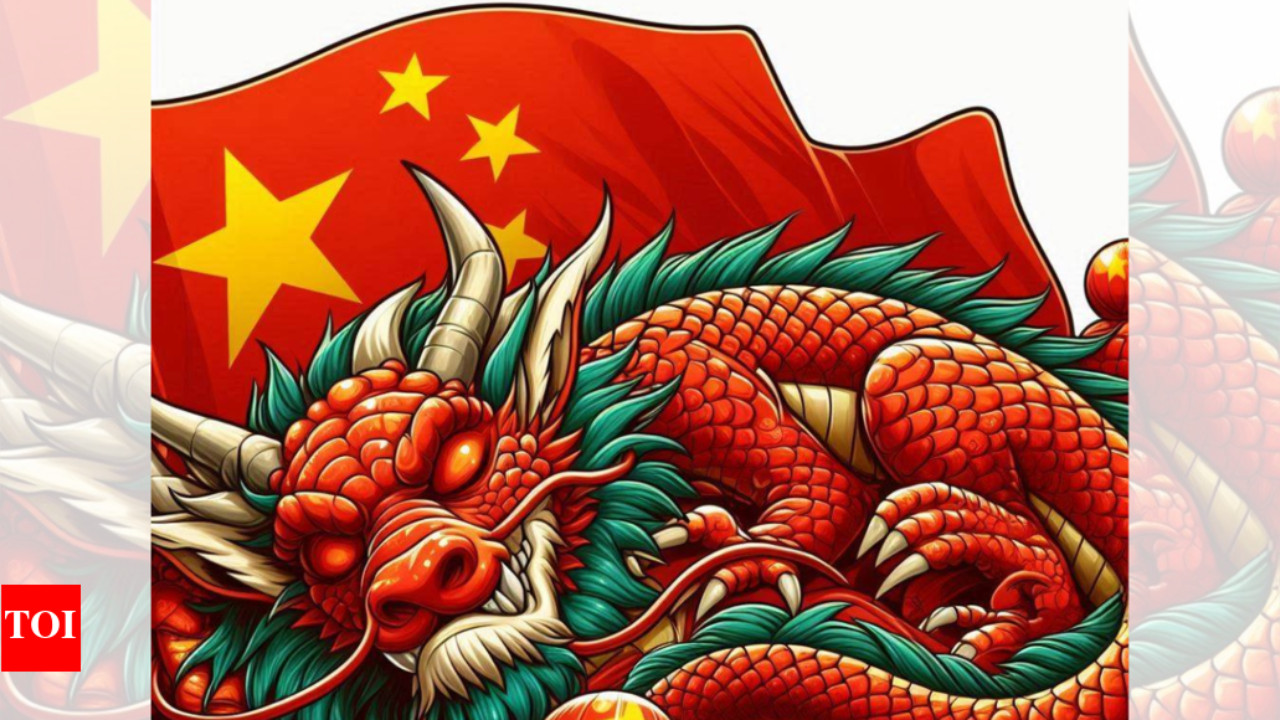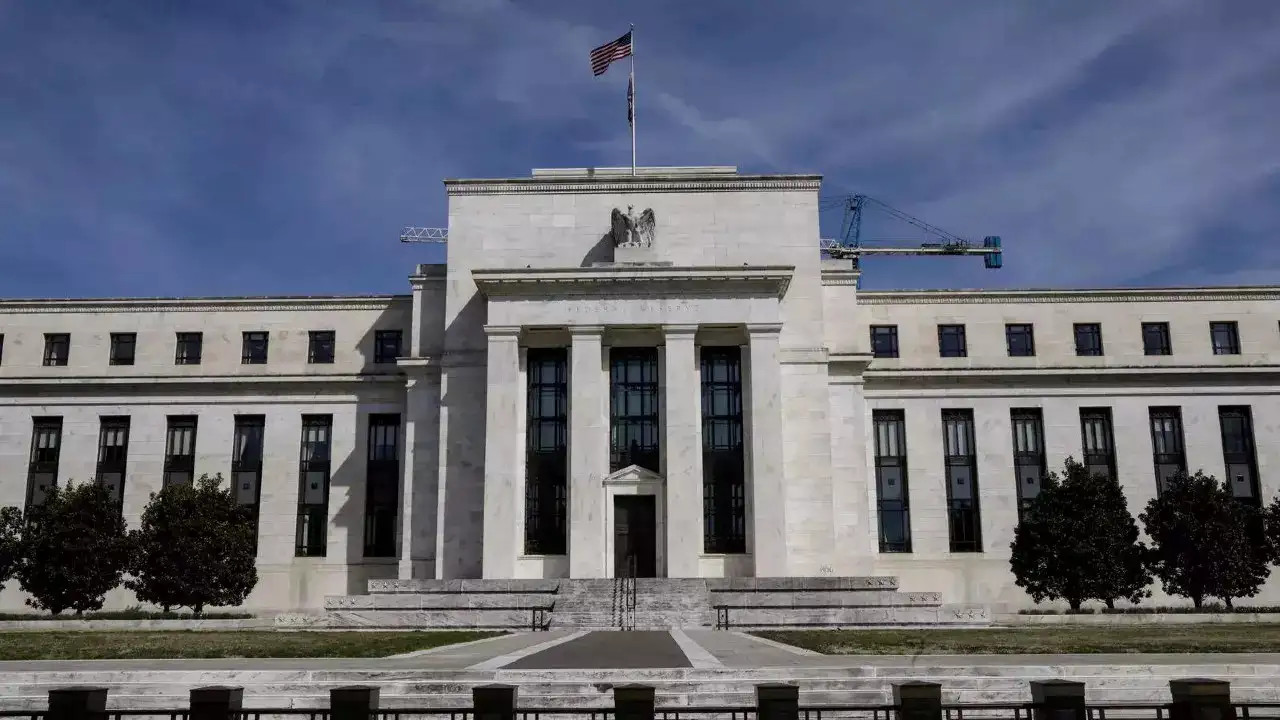Navigating the Shifting Sands of Global Trade: Trump’s Tariff Talk and the BRICS Nation
The world of international trade is rarely a placid lake; more often, it’s a turbulent sea where currents shift and storms brew unexpectedly. The latest ripple causing waves? Former President Donald Trump’s recent statements regarding BRICS nations and potential tariff consequences for countries aligning with the bloc. This isn’t just idle chatter; it’s a potential shake-up that could dramatically reshape global economic alliances.
The BRICS nations – Brazil, Russia, India, China, and South Africa – have been steadily gaining prominence as a counterweight to traditional Western economic power. They represent a significant portion of the world’s population and economic output, and their influence is only projected to grow. This has understandably raised eyebrows in established economic powerhouses.
Trump, known for his America-first approach and willingness to challenge existing trade norms, hasn’t been shy about expressing his concerns. The suggestion of imposing a 10% across-the-board tariff on any nation that “backs BRICS” is a bold, some might say provocative, move. Such a tariff wouldn’t be a mere slap on the wrist; it could significantly impact trade flows and potentially trigger retaliatory measures, leading to a full-blown trade war.
But what exactly does it mean to “back BRICS”? Is it simply participating in BRICS summits? Engaging in trade agreements with member nations? Or is it a broader alignment of political and economic interests? The lack of clarity is arguably part of the strategy. Uncertainty can be a powerful tool, forcing nations to carefully consider their allegiances and weigh the potential consequences.
For developing nations, the decision to align with BRICS or maintain closer ties with the US becomes a high-stakes balancing act. BRICS offers opportunities for increased trade, investment, and access to alternative sources of funding, potentially reducing reliance on traditional Western-dominated institutions. However, incurring the wrath of the US, a major economic power, carries significant risks.

The potential tariffs could have a cascading effect. Consider a country heavily reliant on exports to the US. A 10% tariff would immediately make their goods less competitive, potentially leading to job losses and economic slowdown. This could, in turn, impact their ability to invest in infrastructure, education, and other crucial areas, hindering their long-term development.
Furthermore, the move could incentivize nations to choose sides, creating a more fragmented and polarized global economic landscape. Instead of fostering cooperation and collaboration, it could lead to increased protectionism and beggar-thy-neighbor policies, ultimately harming global economic growth.
It’s important to remember that this is just one perspective. The BRICS nations themselves are likely to view this as an attempt to stifle their growing influence and maintain the status quo. They may respond by strengthening their own internal trade relationships and seeking alternative markets for their goods. This could further accelerate the shift in economic power away from the West.
The implications for businesses are equally profound. Companies with global supply chains would need to reassess their strategies and potentially diversify their sourcing and manufacturing locations. They may also need to brace themselves for increased volatility in currency markets and commodity prices.
Navigating this complex landscape requires careful analysis, strategic planning, and a deep understanding of the geopolitical dynamics at play. Businesses need to stay informed, engage with policymakers, and adapt their strategies to mitigate the risks and capitalize on the opportunities that arise. The uncertainty surrounding international trade makes adaptability to global markets paramount. Consider reading about [supply chain resilience strategies](internal-link-to-related-content).
Ultimately, the future of global trade hinges on how these tensions are managed. Will nations choose cooperation over confrontation? Will the US adopt a more conciliatory approach? Or will we see a further fragmentation of the global economy into competing blocs? Only time will tell. But one thing is certain: the next few years will be a period of significant change and uncertainty in the world of international trade.
The potential for significant shifts in global trade are real, and Trump’s statements should be seen as a stark reminder of the fragility of international economic relations. Businesses and policymakers alike need to be prepared for a world where trade is no longer a given, but a carefully negotiated and constantly evolving landscape. The discussion surrounding these possible tariffs highlights the importance of adaptability and strategic planning in the face of geopolitical uncertainty.







